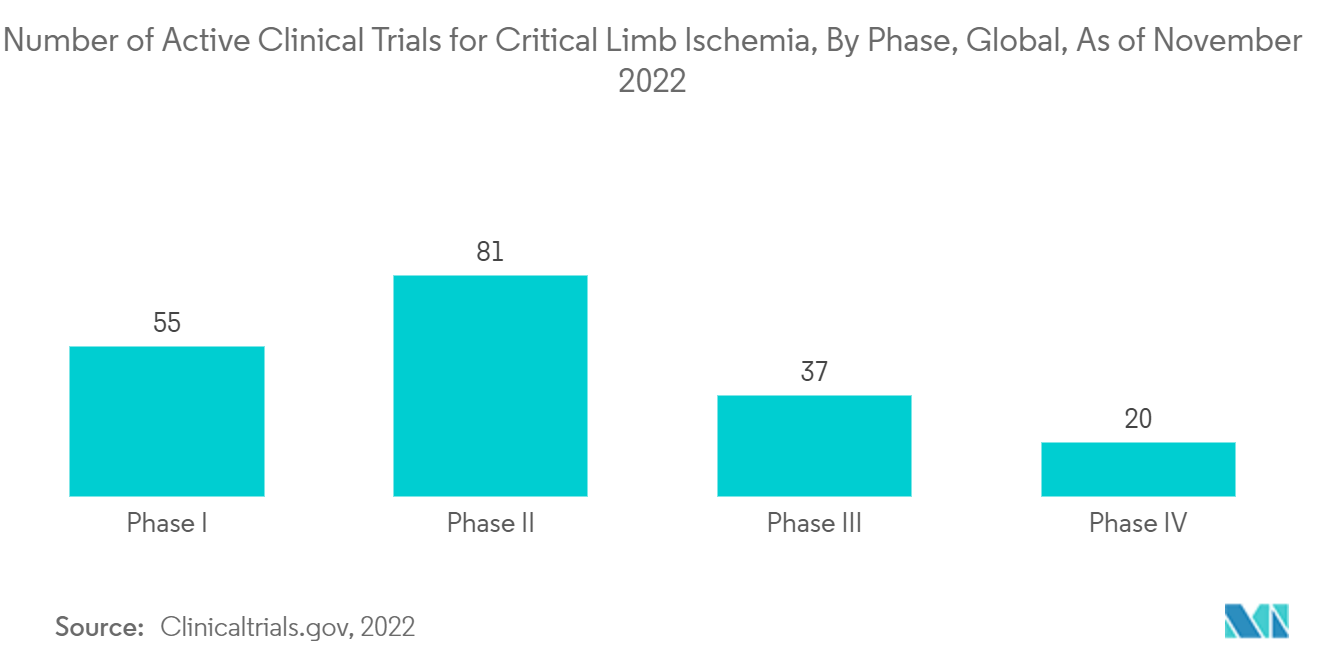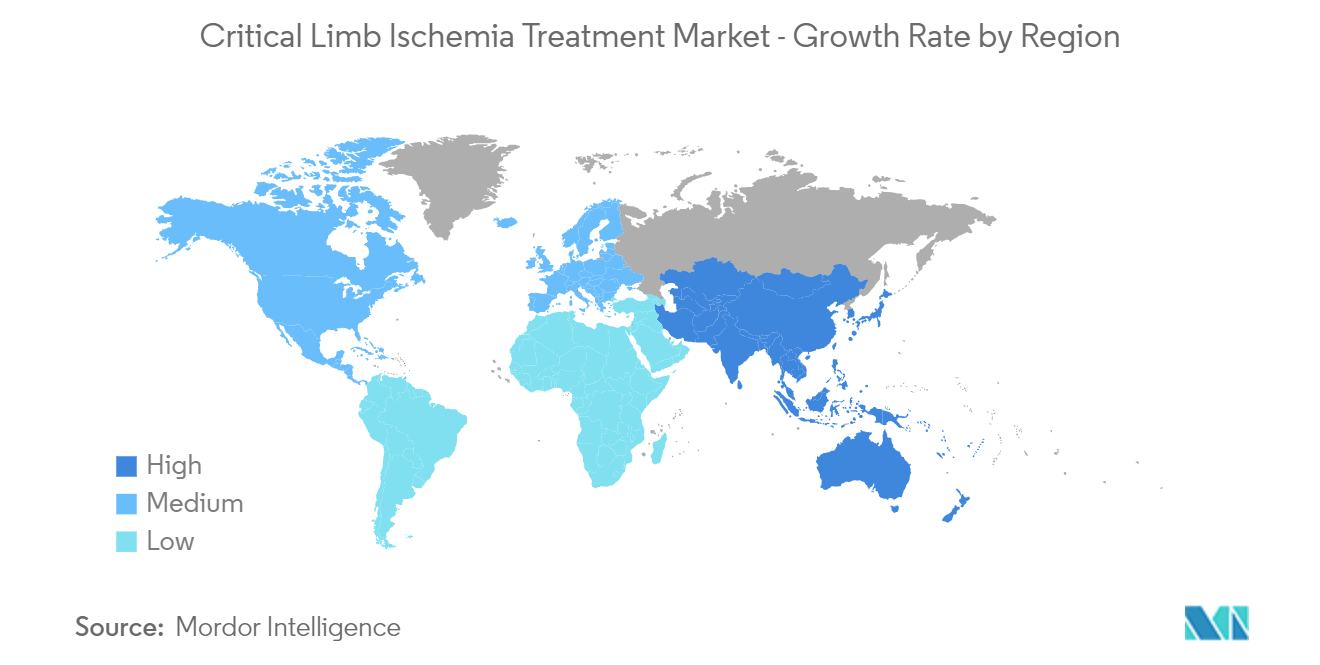Market Trends of Global Critical Limb Ischemia Treatment Industry
This section covers the major market trends shaping the Critical Limb Ischemia Treatment Market according to our research experts:
Embolic Protection Devices Segment Expects to Register a High CAGR over the Forecast Period
Embolic protection devices (EPDs) are medical devices used to prevent or reduce plaque debris from reaching the distal bed. They are commonly used in saphenous vein graft (SVG) interventions and during carotid artery stenting procedures. The embolic protection devices segment is expected to witness significant growth in the critical limb ischemia treatment market over the forecast period.
The factors propelling the growth of embolic protection devices are the higher adoption of these devices as it prevents distal embolization and lower clinical complications by capturing and removing thrombus/debris while performing surgical procedures. For instance, according to an article published by Cardiovascular Interventional Radiology, in May 2021, it has been found that the Spider FX embolic protection device was safe and effective in capturing embolic debris during femoropopliteal interventions. Thus, the increased safety and efficacy of these devices are expected to increase the usage of these devices in treating critical limb ischemia, thereby boosting the market growth.
Furthermore, the rising company activities for developing bone graft substitute products and the rising adoption of various business strategies such as collaborations, mergers, and acquisitions are all anticipated to increase the market growth over the forecast period. For instance, in May 2021, Emboline raised USD 55 million in a Series D investment transaction. This investment will support a planned US-based pivotal trial for FDA approval as well as investigational studies for new indications, and manufacturing and commercial operations for the Emboliner, a device designed to give total embolic protection by catching and eliminating all debris during transcatheter treatments.

North America Dominates the Market and is Expected to do Same over the Forecast Period
North America is expected to dominate the overall critical limb ischemia treatment market throughout the forecast period. The factors that propel the market growth are the high prevalence of critical limb ischemia patients and the presence of key market players.
The rising burden of critical limb ischemia, along with risk factors such as obesity, diabetes, hypertension, and hyperlipidemia among the population, is the key factor driving the demand for the studied market over the forecast period. Patients with diabetes are at increased risk of developing chronic limb-threatening ischemia (CLTI) due to peripheral arterial disease, and an increase in the prevalence of diabetes is expected to boost market growth. For instance, according to 2022 statistics published by the International Diabetes Federation, in the 10th edition of 2021, 32 million people were living with diabetes in the United States, and this number is projected to reach 34 million by 2030 and 36 million by 2050. High blood sugar caused by diabetes can damage the nerves that control the heart and blood vessels, leading to a variety of arterial diseases which can narrow the arteries. This is expected to increase the demand for effective treatment, thereby boosting the market growth.
Moreover, the increasing focus of the company to develop technologically advanced devices and drugs to treat critical limb ischemia is expected to augment the growth of the market. For instance, in May 2022, the US FDA approved Medtronic's IN.PACT 018 Paclitaxel-Coated Percutaneous Transluminal Angioplasty (PTA) Balloon Catheter, a drug-coated balloon (DCB), for the interventional treatment of peripheral arterial disease (PAD) in the superficial femoral and popliteal arteries. Additionally, in January 2022, Cook Medical received the Breakthrough Device designation from the US FDA on a new drug-eluting stent for below the knee (BTK). This new stent is designed to treat patients suffering from chronic limb-threatening ischemia (CLTI).


